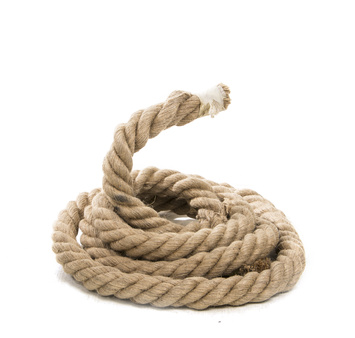Learning the Ropes
/Learning the Ropes: Distinguishing the Long, Thin, Flexible Objects in Our Lives
A Japanese student recently told me about her children’s Sports Day at their school. The kids were practicing for foot races and other events, but the mom couldn’t think of the word for the long thing that gets pulled in the tug-of-war event.
The long, thick object that teams (in some cultures) pull as a group is called a rope. (Tug means “pull.”) It’s stronger than a string but not as heavy as a cable. It turns out that tug-of-war is not common in Japan; her children attend an international school, so perhaps it was introduced by one of the Anglo teachers.
A rope in a children’s tug-of-war competition.
There are many long, thin items that we use in our everyday lives. Can you match the following items with their pictures below?
1. rope ______
2. thread ______
3. twine ______
4. yarn ______
5. string ______
6. ribbon ______
a.
b.
c.
d.
e.
f.
The answers are given at the bottom. You get bonus points if you can name a common application for each of these.
* Vocabulary note: The expression “teach someone the ropes” means to show someone how to do a new task or job. It comes from sailor vocabulary where the new sailors had to be shown which ropes to use when setting the right sails on the ship. (Note: In the headline above, I am using this expression with a double meaning--since this post is really about ropes.) Example of how to use this expression: “Maria, Bob is new in our department. Can you show him the ropes his first week on the job?”
ANSWERS: 1. rope - e, 2. thread - f, 3. twine - c, 4. yarn - a, 5. string - d, 6. ribbon – b
APPLICATIONS: 1. rope: to tie down something heavy, to use for tug-of-war, to pull heavy objects (It is usually saved for re-use.)
2. thread: to sew or repair clothing (This requires using a sewing machine or sewing needle.)
3. twine: to temporarily tie down items—usually outside—for example, driving a Christmas tree home on the roof of your car. In the U.S., it is usually thrown away after use. (In Japan, it’s used to hold up vegetable plants in one’s garden.)
4. yarn: to knit sweaters, mittens, or afghans (This requires using long knitting needles.)
5. string: to temporarily tie items together (usually inside). In the U.S., it is usually thrown away after use.
6. ribbon: to decorate presents, to attach to party balloons. In the U.S., it is usually thrown away after use.











